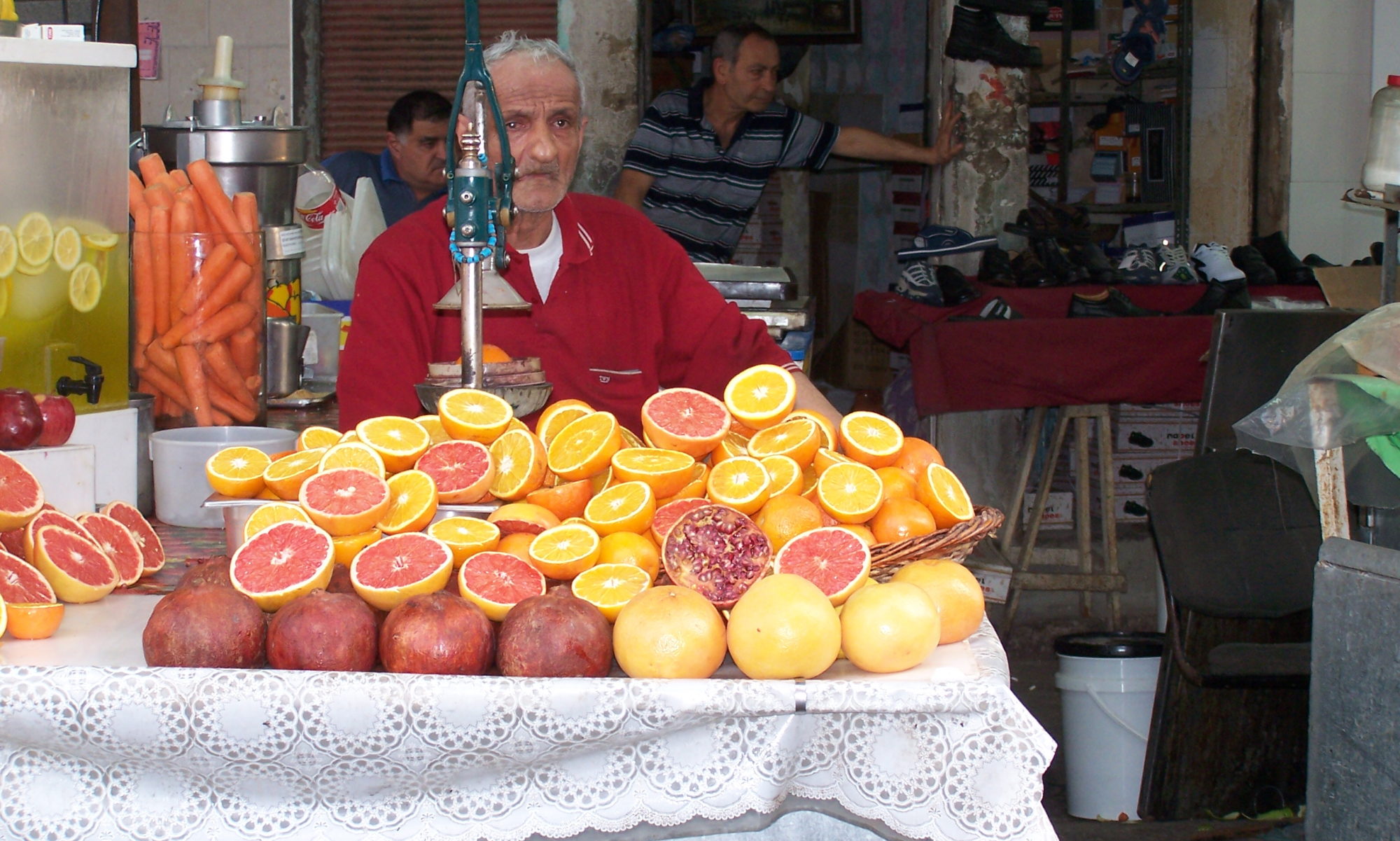Sur le pont d’Avignon
On y danse, on y danse
Sur le pont d’Avignon
On y danse tous en rond
On the bridge of Avignon
We all dance there, we all dance there
On the bridge of Avignon
We all dance there in a ring
My last installment on our trip to Provence is in Avignon, the seat of the Catholic papacy from 1309 – 1377 . Avignon is a beautiful walled city on the Rhône river.

It has tree lined boulevards and very interesting architecture.

It is also famous for the Le Pont St Benezet which originally spanned the Rhône River between Avignon and Villeneuve-lès-Avignon on the left bank. It was built between 1171 and 1185, but it suffered frequent collapses during floods and had to be reconstructed several times. The bridge was partially destroyed by a great flood in 1668. Now only four of the initial 22 arches remain intact today.
We did not stay in a fancy hotel in Avignon. I used my Holiday Inn points and we stayed two nights at a Holiday Inn Express outside of the old city. It was brand new. There is safe underground parking near the Le Palais des Papes and we parked there and explored the old city.



Our first day in Avignon, we went straight to the tourism office and got a map of the city. Then, we headed straight for the Le Palais des Papes, which is about a 2 hour self-guided tour. We bought a combination ticket that included Le Pont St Benezet. Both of these monuments have been declared a UNESCO World Heritage Site.

The first documented Jewish community in Avignon existed in the 12th century. The first Jewish quarter, or carrière, faced the pope’s palace. By the early 13th century, the carrière was where the present-day synagogue stands. This tiny area, barely 100 square yards, was home to over 1,000 people. There were many restrictions on Jewish life within the carrière. Walls surrounded it and three gates restricted Jewish activity. The Roman Catholic Church collected tolls, and selling kosher meat outside the quarter was forbidden. We saw the outside of the synagogue at night and were unable to take a good photograph, but it looks similar in style to the synagogue in Carpentras (shown in the picture above).
We had a lovely dinner at Basilic Citron, 4 Place de la Principale . It has a wonderful space for romantic outdoor dining in the courtyard and the decor inside the restaurant is also very romantic. There were strolling musicians to entertain us throughout the meal.
A three course dinner for two with a bottle of wine was 90 euro. This was the most expensive meal of our entire trip. The food was delicious: we loved the entire meal, but we both really loved the tuna. We definitely recommend this restaurant.
Our first courses were:

Thon brulee aux epices, reduction de vinaigre balsamique aux agrumes
Fresh tuna with spices and a reduction of balsamic vinegar and citrus

Asperge vertes et blanches du pays, vinegrette a l’huile de noisette torrefies
Local green and white asparagus with a vinaigrette of roasted hazelnut oil
Second courses:

Tranche d’espadon poelee, tians de legumes, bearnaise aux pistils de safran
Sauteed swordfish steak with a vegetable tian and a saffron flavoured bearnaise sauce

Pave de caillebaud aux herbes fraiches vapeur, chartreuse d’aubergine a la tomate
Piece of cod filet steamed with fresh herbs and an aubergine timbale stuffed with tomato
Dessert courses:

Millefeuille a la pistache, marmelade de griotte acidule
Pistachio napoleon with sour morello cherry jam

Tartare de fraise du pays, sorbet cactus/citron vert
Fresh local strawberries with a cactus and lime sorbet
Plume, Cote de Luberon, white wine


After dinner we went window shopping and saw a lovely confectioners shop that made caramels and candied fruits, a Provencal speciality.
We definitely want to go back to Provence. It is a beautiful region full of history, scenery, art and architecture.








































































